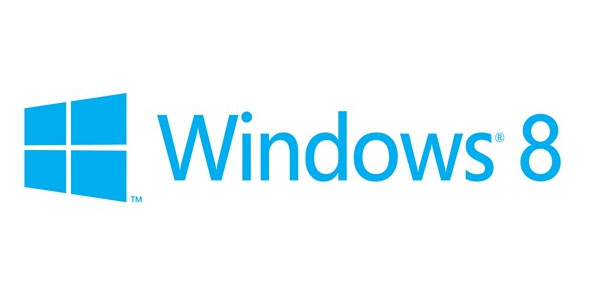There are already many comments expressing displeasure over this and they are interspersed with what has become the most common defense of Windows 8 and the Modern UI: “If you do not like Windows 8 and Modern UI then you are just scared of change”. That is a very common sentiment when you criticize the changes that Microsoft has made in their new OS. It is an interesting sentiment considering the fact that it has nothing to support it and is little better than the name calling small children do. In the simplest terms a dislike for Windows 8 has little to nothing to do with a fear of something new or change. It has more to do with the actual design and its impact on productivity and the way we interact with our computers. Speaking with more than one design and productivity professional the Windows 8 UI on a desktop or laptop has a major impact on work flow and productivity and there is little that Microsoft can do to fix this without a change back to the regular desktop.
When Steve Ballmer and crew started putting together Windows 8 and Window RT the concept was very simple, to create an operating system that could spam hardware platforms and maintain the same user experience. Unfortunately Microsoft failed to grasp the proper way to do. The approached the task from a market view and saw that many people owned smartphones and tablets which must mean that people want their desktop to act like their tablets and phones. The error was an honest one because if you look at the current usage model you would think that people are only using their mobile phones. Internet usage on mobile devices is up and we are interacting more with smaller touch enabled products than ever.
Sadly for Microsoft taking this view of the way we interact with our computers is backwards to the real way we actually work. Still Baller and crew moved into high gear trying to build an ecosystem based off of their mobile phone OS. The fact that Windows Phone was not popular with consumers appears to have gone right over the developers at Microsoft. Windows 8 and RT hit the market and have struggled with consumer acceptance ever since their launch. Windows 8.1 was a brief glimmer of hope for the new OS and for consumers who are actually looking to get a new and improved operating system from Microsoft. This one item, the lack of an option for a start button complete with start menu, could continue to hurt Microsoft and their new OS. It completely overshadows some of the good items to be found in Windows 8 and to be honest is a foolish thing for Microsoft to deny their user base.
What do you think about Microsoft adding the start button, but not the start menu? Tell us in our Forum




